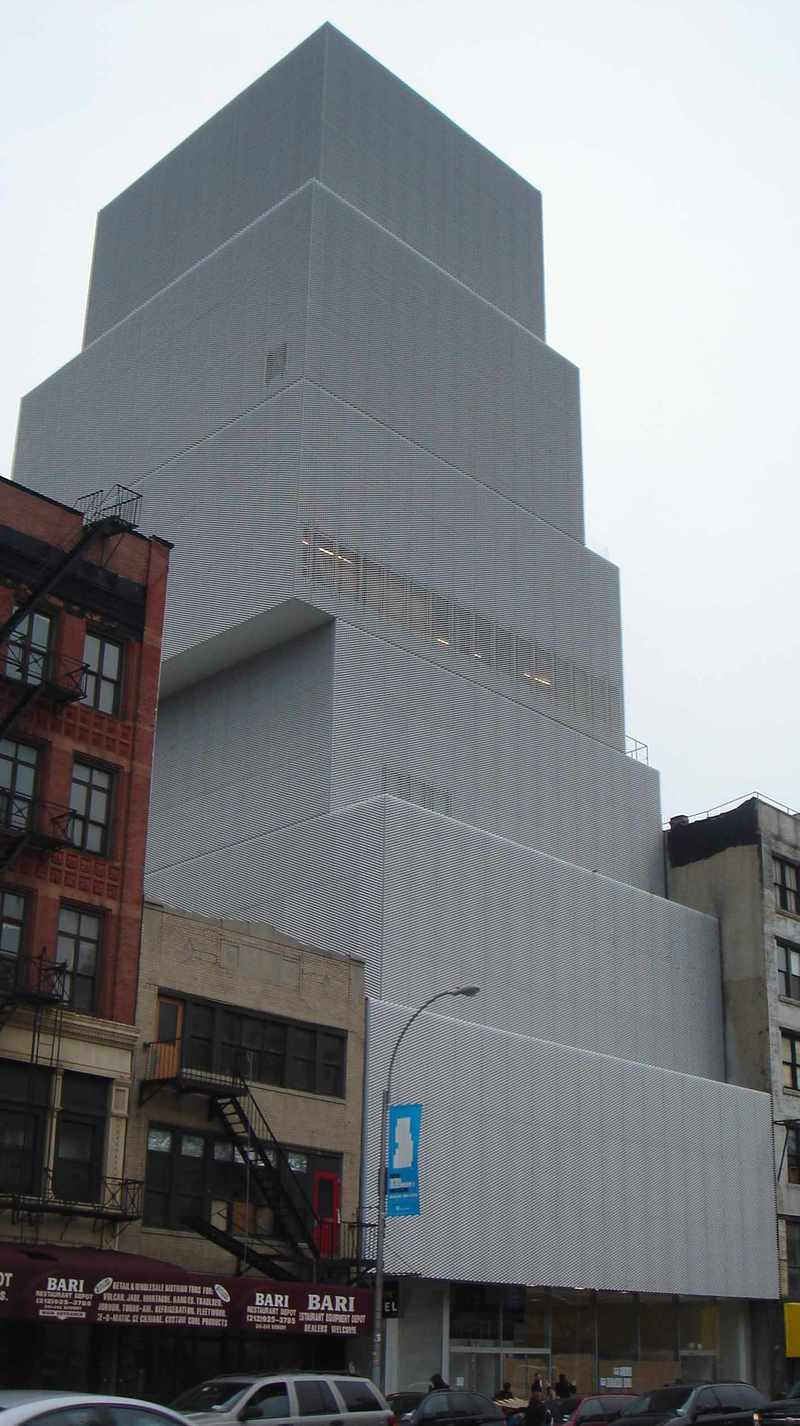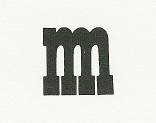Some thoughts looking back on a busy time –
I got to hear live music twice in one week, a rarity at this point in my life. And the two events really do represent the range of what I like: James Fei playing solo sax at the CUE Art Foundation last Friday, then Joe Ely & Joel Guzman at the World Café in Philly on Sunday. Fei I’ve written about here. His solo performance was every bit as magical as the work of his quartet at the Rotunda in Philly earlier in the month. Again his work was the closest thing I’d seen / heard to a cerebral minimalism applied to free jazz. The combination is exhilarating.
Ely, on the other hand, is the Lubbock-raised country / folk / rockabilly veteran who’s a key part of the legendary Flatlanders (alongside Jimmie Dale Gilmore & Butch Hancock), a recurring member of Los Super Seven, & who’s played over the years with such folk as Bruce Springsteen & The Clash. He & accordion-wizard Guzman performed an hour & 45 minutes of mostly up-tempo pieces that included all of the above influences, a touch of mariachi, the requisite Townes Van Zandt song (“
I came away from Lights” at the New Museum (that strikethrough is part of the title). I have to sit with my reaction to the New Museum itself – I immediately liked the light inside, and the galleries felt appropriately sized, but I’m not at all sure about the wildly fluctuating “maximum occupancy” limitations from floor to floor. Also the fact that an eight-story building only proves capable of having three active galleries suggests that the whizbang architecture will have a long-term impact compromising curatorial impulses.
One show that I found somewhat disappointing, mostly because it was so Spartan, was the exhibition of Joe Brainard’s “Nancy” works (mostly, I think, from the volume If) at Tibor de Nagy, which was crowded into the gallery’s smaller alcove in order to leave the larger one to Ben Aronson’s lumbering & unwatchable urban ‘scapes. This is one of those cases where the book, which the
But the real train wreck was the Whitney & its lingering Biennale, even tho there were works there by people I like such as John Baldessari. Baldessari, who provided the cover for the first edition of my book Tjanting, has many virtues, but when he comes across looking like the master craftsperson in the building, something’s amiss. The theme appears to have been rubble (which would explain why the show includes Spike Lee’s magnificent HBO miniseries on
I missed the Poetry Society of America’s 98th annual awards ceremony earlier last week, due almost entirely to my pneumonia (which hangs on as I write) and its impact on my day job, plus my desire to be at the CUE opening. In addition to Aram Saroyan winning the William Carlos Williams Award, with Roberta Beary & Eileen Myles a finalists, the other winners (and judges) include:
Michael S. Harper, The Frost Medal (presumably given by the PSA board of governors)
Ed Roberson, The Shelley Memorial Award (judged by Lyn Hejinian & C.D. Wright)
Joanie Mackowski, The Writer Magazine/Emily Dickinson Award (judged by Donald Revell)
Brian Henry, Cecil Hemley Memorial Award (judged by Norma Cole)
Wayne Miller, Lyric Poetry Award (judged by Elizabeth Macklin)
Christina Pugh, Lucille Medwick Memorial Award (judged by Timothy Donnelly); finalist Sally Ball
Natasha Sajé, Alice Fay Di Castagnola Award (judged by Dean Young); finalists Kevin Prufer & James Richardson
Carey Powers, Louise Louis/Emily F. Bourne Student Poetry Award (judged by David Roderick); finalists Willa Granger & Philip Sparks
Theresa Sotto, George Bogin Memorial Award (judged by Prageeta Sharma)
Jocelyn Emerson, Robert Winner Memorial Award (judged by Annie Finch); finalists Rachel Conrad & Marsha Pomerantz
Catherine Imbriglio for Parts of the Mass, published by Burning Deck, Norma Farber First Book Award (judged by Thylias Moss); finalist Alena Hairston for The Logan Topographies, published by Persea.
What one notices first, or at least what I notice first, is the diversity. From Annie Finch & Dean Young to myself, C.D Wright, Norma Cole & Prageeta Sharma among the judges – that’s the broadest range I’ve seen for a set of awards. Last year’s judges (Thomas Sayers Ellis, Matthea Harvey, Tony Hoagland, Susan Howe, Michael Palmer, Srikanth Reddy, Eleni Sikelianos, Tracy K. Smith, Rosmarie Waldrop, and Eleanor Wilner) weren’t bad either. Whatever one thinks about awards, or these award winners, the fact that the PSA is making a concerted effort to reach a broader range of what poetry actually is can only be commended.
Which is not to say that it’s perfect. I made a point of recommending a specific work for inclusion in the program for the evening:
What I actually find in the program, which just arrived in the mail, is the following:
a man stands
on his
head one
minute –
then he
sit
down all
different
My original suggestion stresses what is unique about Saroyan’s volume. The poem actually used stresses the ways in which his writing in the 1960s might be seen as continuous with the lyric tradition. Both aspects, as I noted here, are present in Saroyan’s writing. But, especially given the ongoing ghettoization of vispo, which do you think is the more important message?
One final note: readers of this blog clicked on over 5,000 links on Monday, a first.







